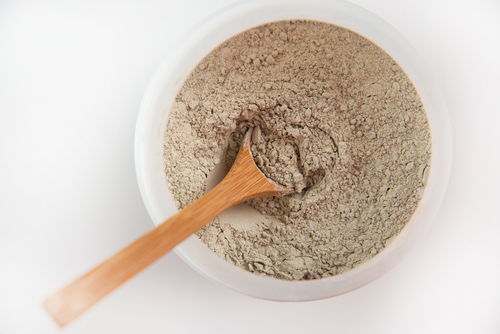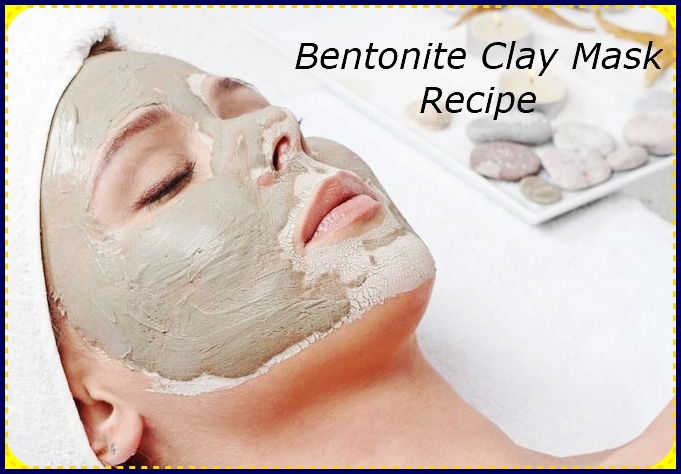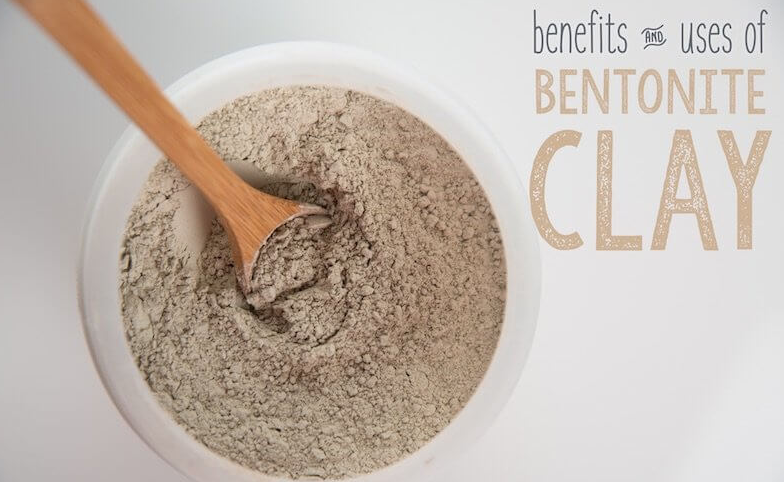Bentonite Clay History
What is bentonite clay? It’s actually composed of ash made from volcanos. The largest known source of bentonite clay is found in Fort Benton, Wyoming, where numerous volcanos are present. The name of the clay stems from the town where today much of the supply is still harvested.
Today the clay is harvested mostly in the U.S., France and Italy. “Bentonite” is actually the trade name that the clay has been given, but people for the most part speak about Montmorillonite and Bentonite clay interchangeably and are referring to the same product.
Bentonite clay stems back far in history as a traditional healing method for protecting the body from disease. It has been reported that several traditional cultures living in regions of the Andes, Central Africa and Australia have applied and consumed clays in numerous ways for centuries. Because the clay is readily available and required no modern processing, it has been a popular and cost-effective way of “detoxing” the body for quite some time.
How Bentonite Clay Works
 We come into contact with a range of toxins numerous times every day, as toxins are given off from common products like paint, cleaning supplies, markers, substances used in building homes, low-quality unpurified water, and even pesticides that are widely sprayed regions that have farming present. It is quite common to inject a range of different toxins just by breathing in the fumes that are present all around us, not to mention the toxins that we receive from an unhealthy diet filled with low-quality processed foods.
We come into contact with a range of toxins numerous times every day, as toxins are given off from common products like paint, cleaning supplies, markers, substances used in building homes, low-quality unpurified water, and even pesticides that are widely sprayed regions that have farming present. It is quite common to inject a range of different toxins just by breathing in the fumes that are present all around us, not to mention the toxins that we receive from an unhealthy diet filled with low-quality processed foods.
“Heavy metal toxins” usually refer to substances like mercury, cadmium, lead and benzene, and also in foods that contain high fructose corn syrup or certain types of fish. Bentonite clay benefits your body by helping to expel many of these toxins (thus as part of a heavy metal detox) and fight various pathogens responsible for disease, such as E. coli and the virus that causes staph infection.
On top of being able to draw-out toxins from the body, the clay itself has a range of nutrients. Bentonite clay is known to have an abundance of minerals, including calcium, magnesium, silica, sodium, copper, iron and potassium.
Bentonite clay also benefits the body because it has the ability to produce a charge that is electrical in nature when it comes in contact with liquid. When the clay touches any type of fluid (normally water), it takes on a different charge and is thought to bind to any present toxins within the fluid.
While in its natural state, bentonite clay has negatively charged molecules. Most toxins and heavy metals have positively charged molecules. This allows the two to bind together easily and stay united while the toxin removal process happens.
Bentonite clay essentially “seeks” toxins in the body to bind with because naturally any substance that has a missing ion (which gives it its “charge”) looks for oppositely charged types of substances that will make it complete. Upon binding, the clay is then able to help remove toxins, chemicals, impurities and “heavy metals” from the gut, skin and mouth.
-

Bentonite Clay Powder

Bentonite Clay Masking

